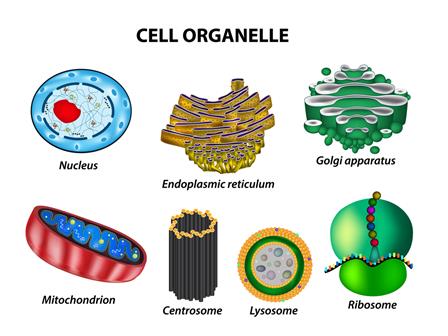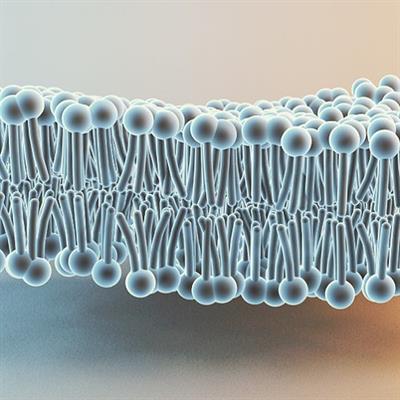
PUMPA - SMART LEARNING
எங்கள் ஆசிரியர்களுடன் 1-ஆன்-1 ஆலோசனை நேரத்தைப் பெறுங்கள். டாப்பர் ஆவதற்கு நாங்கள் பயிற்சி அளிப்போம்
Book Free DemoStructure and function of cells:
The human body is made up of various systems, such as the digestive, respiratory, circulatory, excretory, and reproductive systems. The organs of these systems perform various specific functions.
Example:
For example, the roots help in the absorption of water and minerals.
Similarly, the different organs of a plant perform specific functions. Depending upon the functions, the cells that form these tissues and organs have specific shapes and sizes. These cells also have certain specific components that are absent in the other cells.
The cell comprises various parts known as cell organelles.

Cell organelles
These cell organelles are responsible for providing all the necessities of the cell. For example, these cell organelles work to bring in food supplies, excrete waste, protect and repair the cell, and help the cell to grow and reproduce.
Each cell organelle performs a specific function of the cell. When the functioning of these cell organelles stops, it leads to the death of the cell.
The structure of a cell:
All the cells have a common structure that comprises a cell membrane, cytoplasm, and nucleus (in eukaryotic cells).
Cell membrane:
The membrane that separates the components of the cell from the surrounding medium and from each other is known as the cell membrane or plasma membrane.
The cell membrane is a thin, elastic material that shapes the cell and protects its contents.
The plasma membrane is a porous structure and allows the movement of substances or materials inwards and outwards.
It allows only certain substances such as water, minerals, and a few other vital substances, hence known as a selectively permeable membrane.

Plasma membrane
Reference:
https://pixabay.com/vectors/cell-information-animal-biology-48542/
https://www.flickr.com/photos/suncana/27570291841